- What We Do
- Agriculture and Food Security
- Democracy, Human Rights and Governance
- Economic Growth and Trade
- Education
- Environment and Global Climate Change
- Gender Equality and Women's Empowerment
- Global Health
- Humanitarian Assistance
- Transformation at USAID
- Water and Sanitation
- Working in Crises and Conflict
- U.S. Global Development Lab
-
Learn More
Read USAID's guiding principles and recommendations to mitigate the impact of COVID-19 on nutrition for women, children, and families
-
Learn More
During COVID-19, USAID is supporting good water, sanitation, and hygiene practices in health care facilities across the world.
-
Learn More
See how USAID is helping women like Bimala reduce malnutrition and improve health in their communities
-
Learn More
Learn more about our partnerships and efforts.
-
Learn More
Read our series of technical guidance briefs for more on USAID’s nutrition work
Speeches Shim
In 2019, USAID reached 27.2 million children with high-impact—often life-saving—nutrition interventions as a result of the Agency's integrated efforts.
Worldwide, more than a quarter of children under five suffer from undernutrition. This includes 150 million children who are stunted or have a low height for their age, as well as more than 50 million who are wasted or have a low weight for their height, which can result from illness and undernutrition and are a major cause of child mortality. Undernutrition leaves children vulnerable to disease, impoverishes families, diminishes community resilience, and reduces critical human capital and capacity, thereby causing long-term detriment to national economies and social development.
USAID’s APPROACH
As outlined in USAID’s Multi-Sectoral Nutrition Strategy 2014–2025, the Agency’s investments address the prevention of all forms of undernutrition, with emphasis on those that target the "1,000 day window of opportunity" from pregnancy through a child's second birthday – a period in which good nutrition is critical for optimal physical and cognitive development.
USAID’s maternal and child nutrition programs improve health outcomes by implementing nutrition-specific interventions, or those that address the immediate, health-related determinants of undernutrition. These investments are closely coordinated with the Agency’s nutrition-sensitive interventions— those that address underlying or systemic causes of inadequate nutrition— including the integration of nutrition components into programs that focus on education; water, sanitation, and hygiene (WASH); agriculture; and the healthy timing and spacing of pregnancy.
The Agency's strategic approach to maternal and child nutrition focuses on increasing:
- The equitable provision and utilization of high-quality nutrition services through nutrition-specific and nutrition-sensitive services and commodities as well as social and behavior change strategies for nutrition activities
- Country capacity and commitment to nutrition at the institutional, political, stakeholder, and systems levels
- Multi-sectoral programming and coordination for improved nutrition outcomes including the strengthening of cross-sectoral planning, coordination among nutrition stakeholders in the U.S. Government and host governments, and engagement with the private sector
- Nutrition leadership through strengthening both the development and use of evidence-based approaches and innovative practices.
USAID is maximizing American investments in nutrition to boost prosperity and enhance the health and livelihoods of vulnerable populations. USAID’s maternal and child nutrition programs save lives, help children grow into strong, productive citizens, foster more comprehensive, sustainable health systems, and assist countries to progress beyond the need for foreign assistance.
Sources
Nourishing Lives and Building the Future: The History of Nutrition at USAID
USAID's Impact
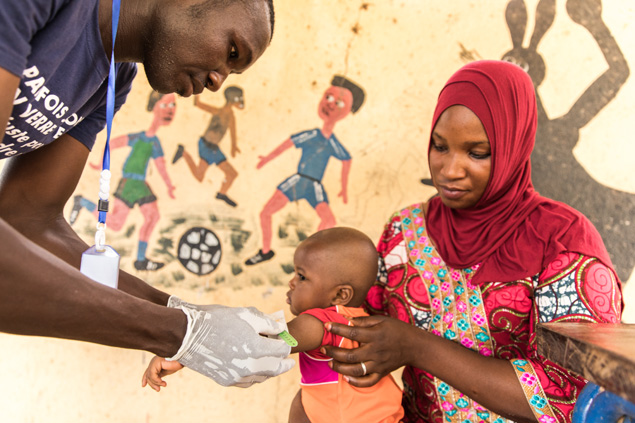
Since the 2012 call to action, 13.6 million health workers trained in maternal and child health and nutrition. Learn more about USAID’s investments to improve nutrition for women and children. Photo credit: Souleymane Bathieno/HP+ Project

In 2019, USAID reached more than 8.5 million pregnant women with nutrition interventions, including breastfeeding education, counseling, and support. Learn more. Photo credit: Karen Kasmauski/MCSP
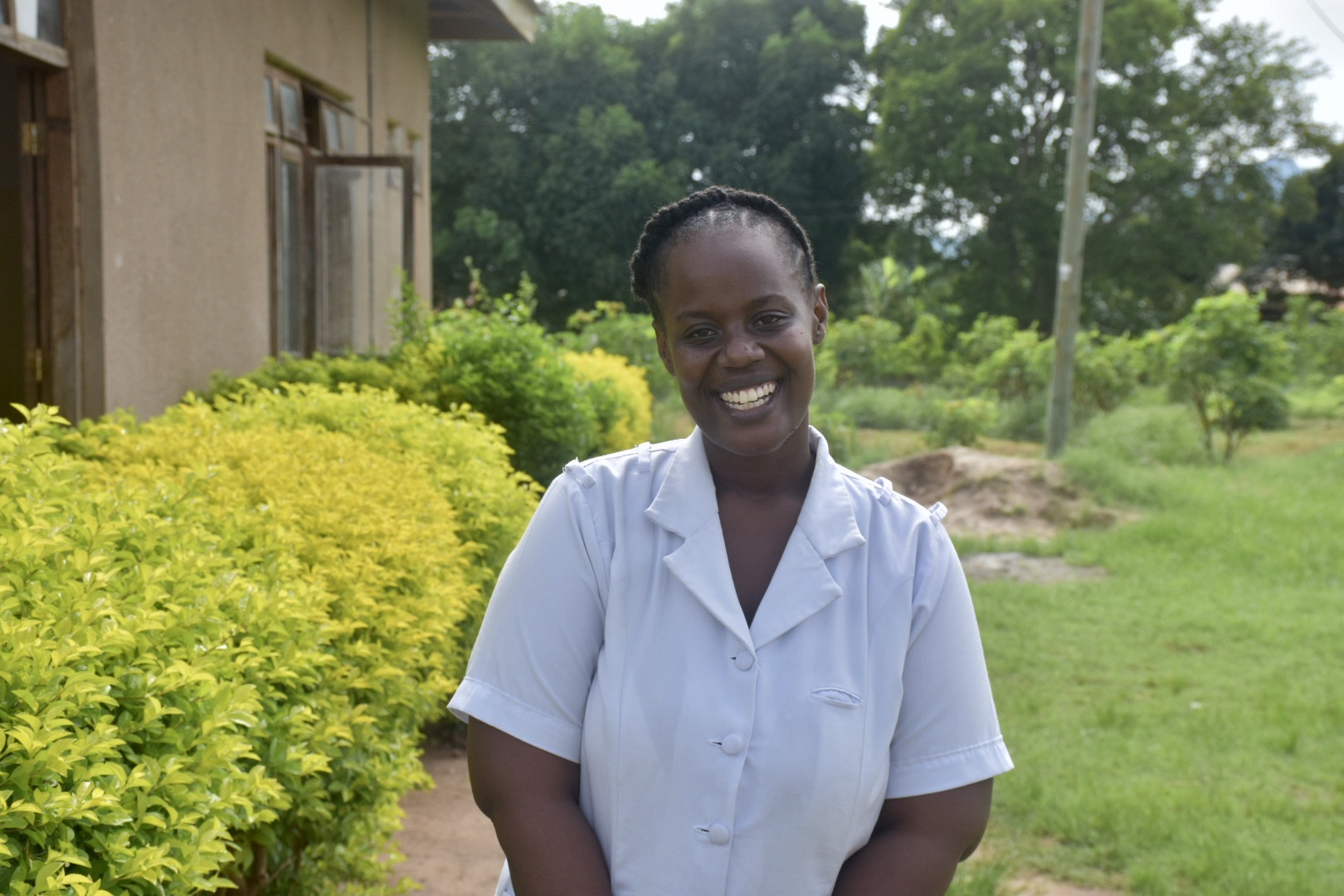
In Tanzania, USAID breastfeeding initiatives to train nurses and health workers in the importance of exclusive breastfeeding have contributed to a 41 percent increase in the number of infants being exclusively breastfed over the past five years. Learn more about Isabella, a nurse in Tanzania that is passionate about teaching others the importance of breastfeeding. Photo credit: Stephanie Mork/USAID
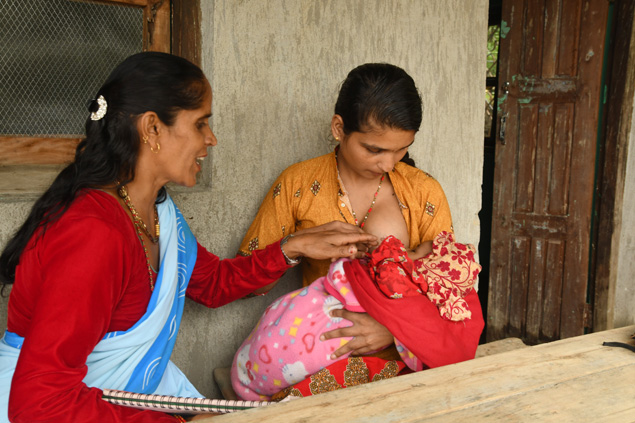
In Nepal, USAID trained 11,632 frontline health workers, including nurses, midwives, and community health workers, to provide integrated nutrition services across 42 targeted districts in 2019. Learn more. Photo credit: Amy Fowler/USAID
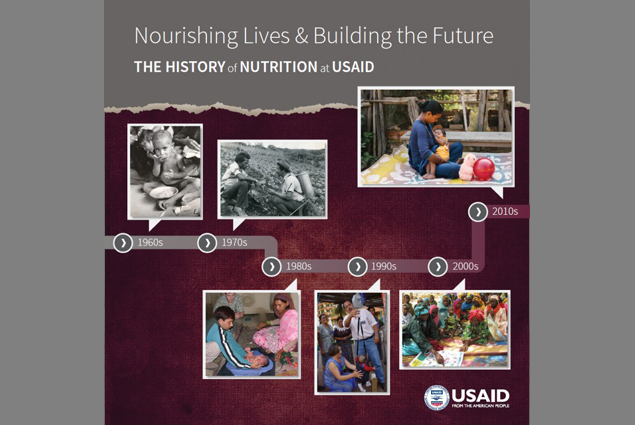
For more than 50 years, USAID has played a leading role in global progress to improve nutrition. Read more about USAID’s groundbreaking nutrition work and key contributions to improve the future for millions of the world’s most vulnerable citizens: Nourishing Lives & Building the Future: The History of Nutrition at USAID

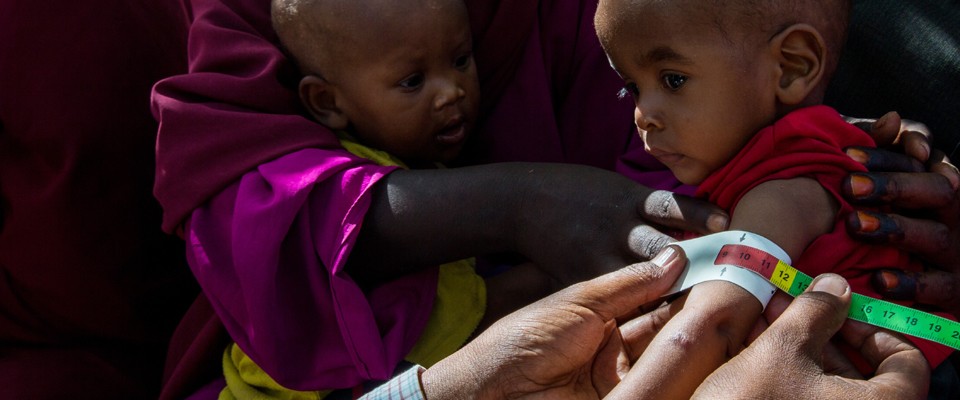

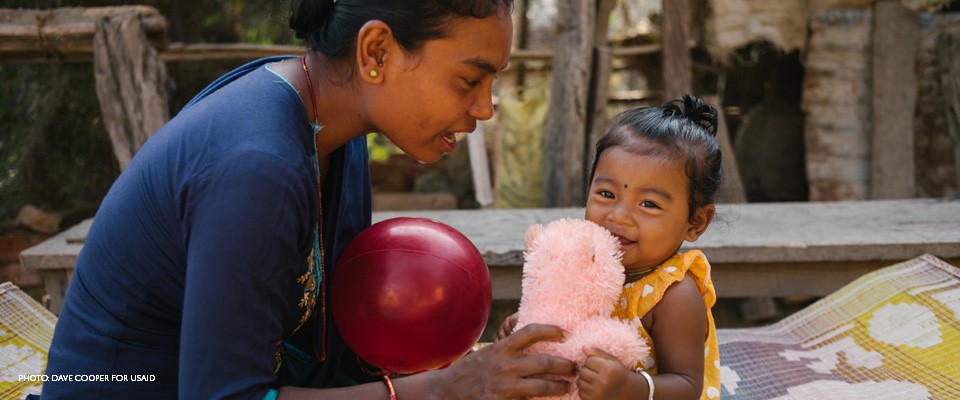
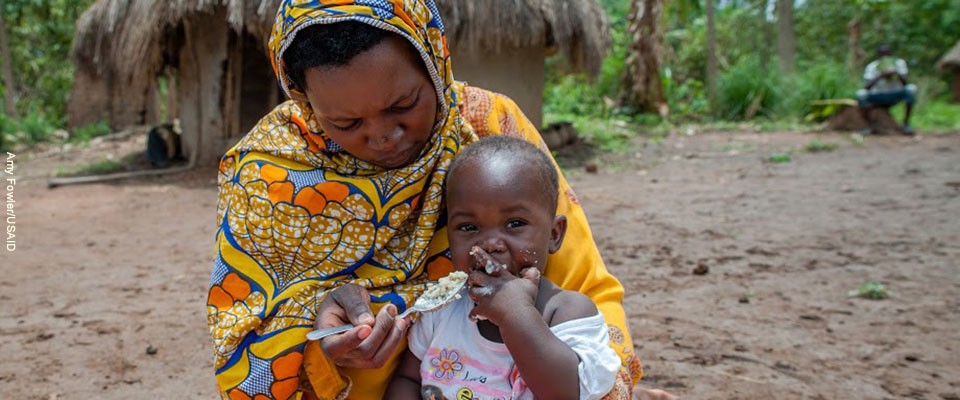
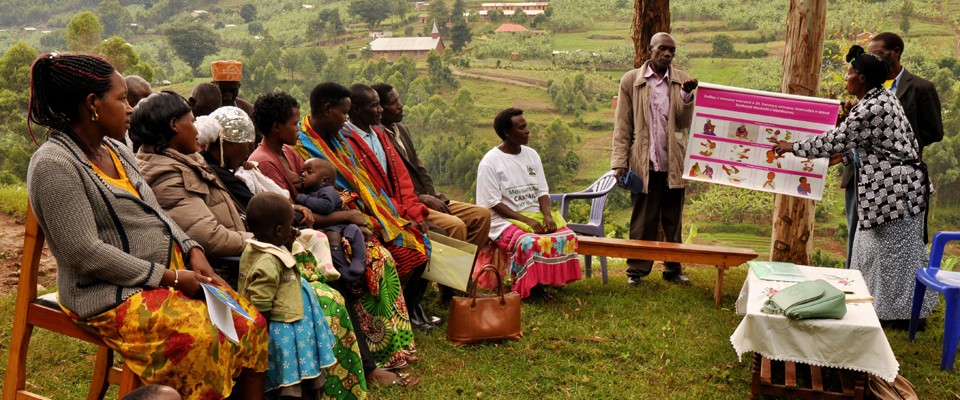
Comment
Make a general inquiry or suggest an improvement.